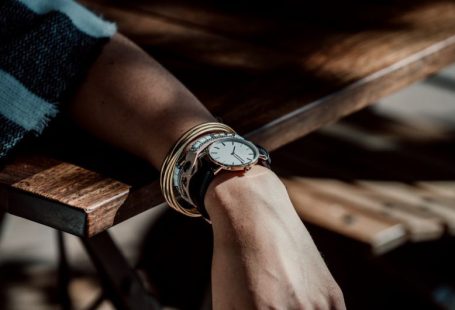Wood sculpture has a timeless appeal that captivates the senses and evokes a sense of wonder. The art of joinery in wood sculpture is a crucial aspect that often goes unnoticed by the casual observer. However, the intricate techniques and craftsmanship involved in creating seamless connections between different pieces of wood are what elevate a sculpture from ordinary to extraordinary.
Understanding Joinery in Wood Sculpture
Joinery in wood sculpture refers to the method by which different pieces of wood are connected to form a cohesive whole. This process is not merely about attaching one piece of wood to another; it is about creating a seamless transition that enhances the overall aesthetic and structural integrity of the sculpture. From traditional handcrafted methods to modern techniques, joinery plays a vital role in bringing a wood sculpture to life.
Types of Joinery Techniques
There are various types of joinery techniques used in wood sculpture, each with its unique characteristics and applications. Some of the most common joinery techniques include:
– Mortise and Tenon: This classic joinery technique involves creating a mortise (a slot or hole) in one piece of wood and a tenon (a protruding piece) on the other piece. The tenon fits snugly into the mortise, creating a strong and durable connection.
– Dovetail Joints: Dovetail joints are known for their exceptional strength and aesthetic appeal. This technique involves interlocking trapezoidal-shaped projections (tails) with corresponding recesses (pins), creating a secure and visually striking connection.
– Butt Joints: Butt joints are one of the simplest forms of joinery, involving the simple connection of two pieces of wood at their ends. While butt joints are easy to execute, they lack the strength and durability of more intricate joinery techniques.
– Lap Joints: Lap joints are created by overlapping two pieces of wood and fastening them together. This technique is commonly used in woodworking to join panels or boards, providing a strong and reliable connection.
– Tongue and Groove: Tongue and groove joints involve creating a protruding ridge (tongue) on one piece of wood that fits into a corresponding groove on another piece. This technique is often used in flooring and paneling to create a seamless and secure connection.
The Importance of Joinery in Wood Sculpture
Joinery is more than just a technical process; it is an integral part of the creative expression in wood sculpture. The way in which pieces of wood are connected can have a significant impact on the overall look and feel of a sculpture. A well-executed joinery technique can enhance the aesthetic appeal, structural integrity, and longevity of a wood sculpture, making it a true work of art.
Mastering the Art of Joinery
Mastering the art of joinery in wood sculpture requires patience, precision, and a deep understanding of woodworking techniques. Whether you are a seasoned woodworker or a novice artist, honing your skills in joinery can take your sculptures to the next level. Experimenting with different joinery techniques, understanding wood properties, and practicing attention to detail are essential steps in mastering the art of joinery.
Pushing the Boundaries of Creativity
In conclusion, the art of joinery in wood sculpture is a fundamental aspect that deserves appreciation and recognition. By mastering various joinery techniques and pushing the boundaries of creativity, wood sculptors can elevate their creations to new heights of artistry and craftsmanship. Whether you are drawn to the traditional elegance of mortise and tenon joints or the modern sophistication of dovetail joints, embracing the art of joinery can transform a simple piece of wood into a masterpiece that stands the test of time.





